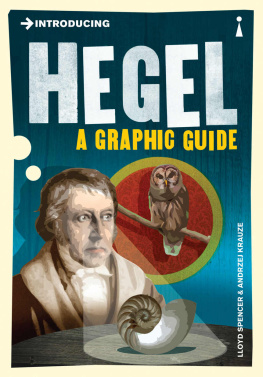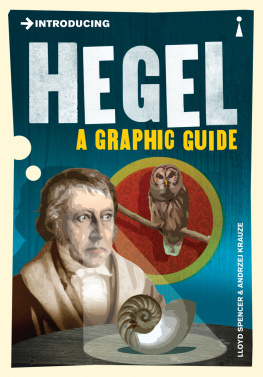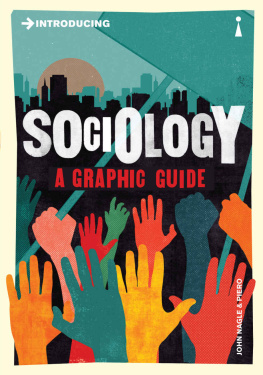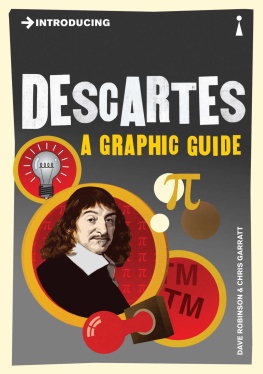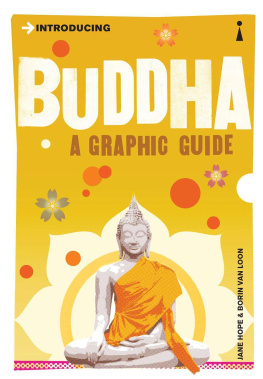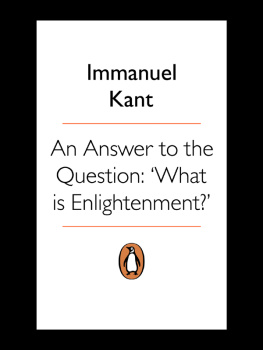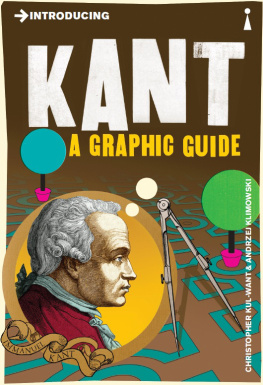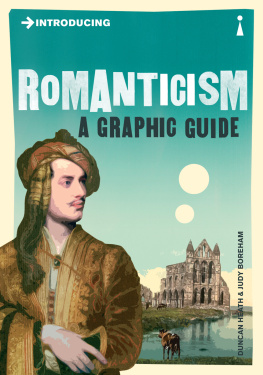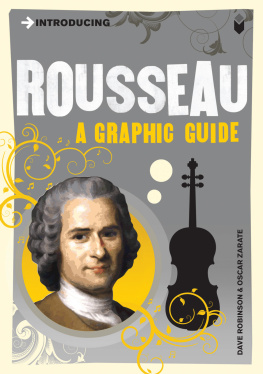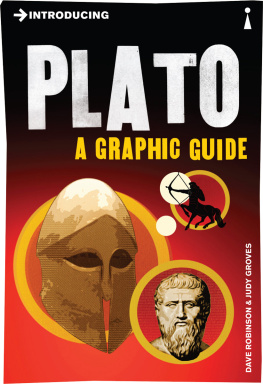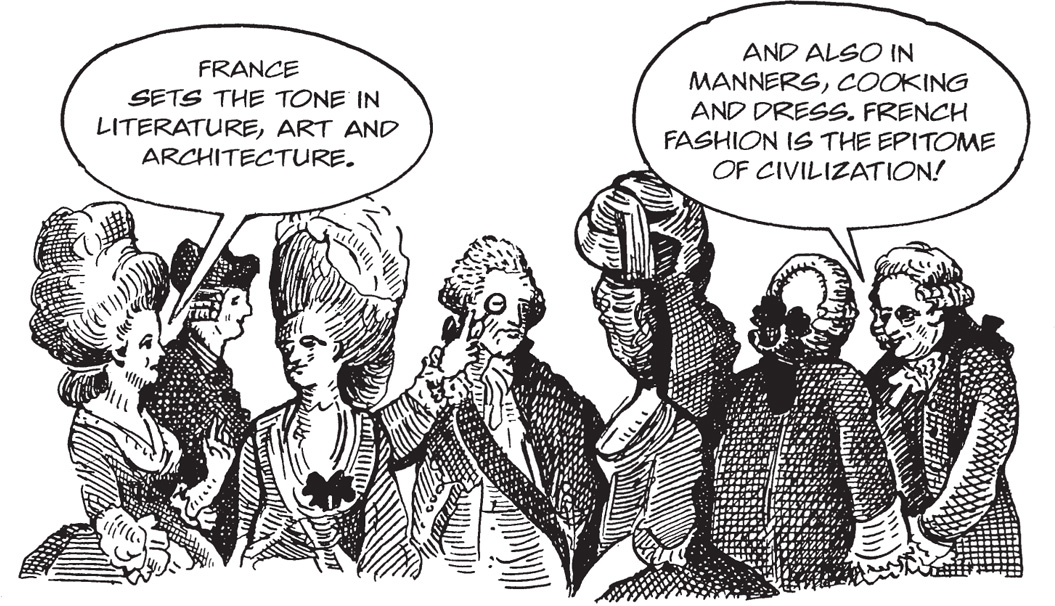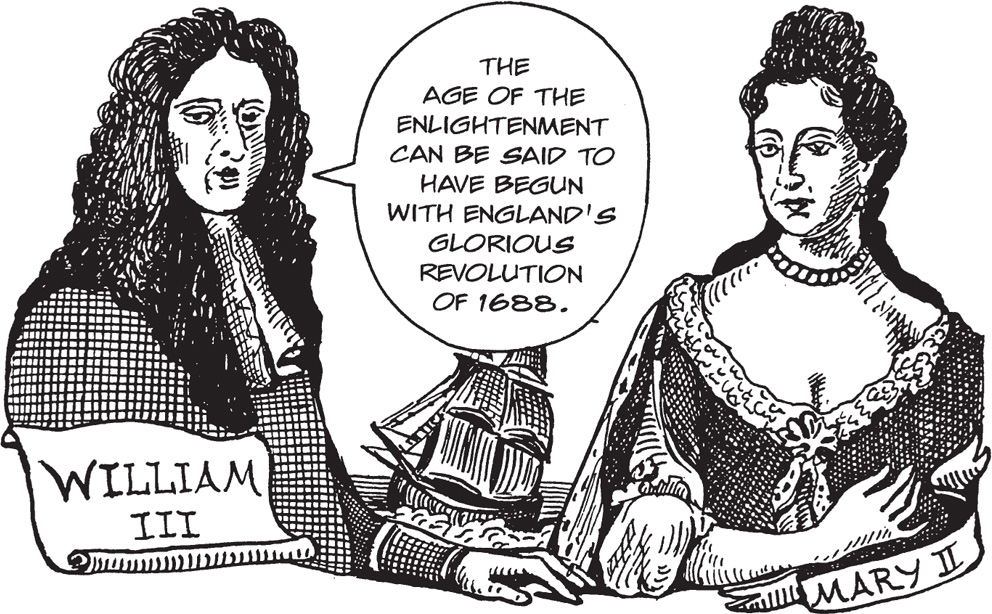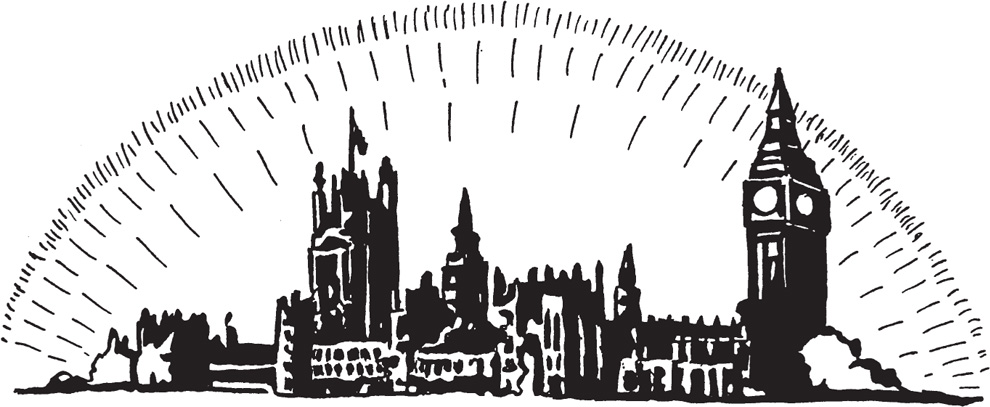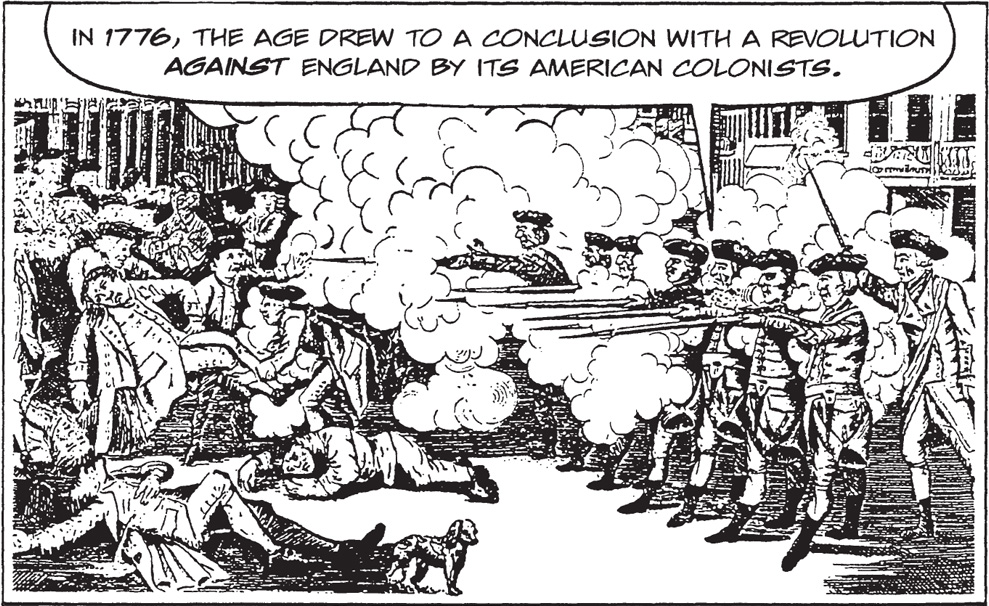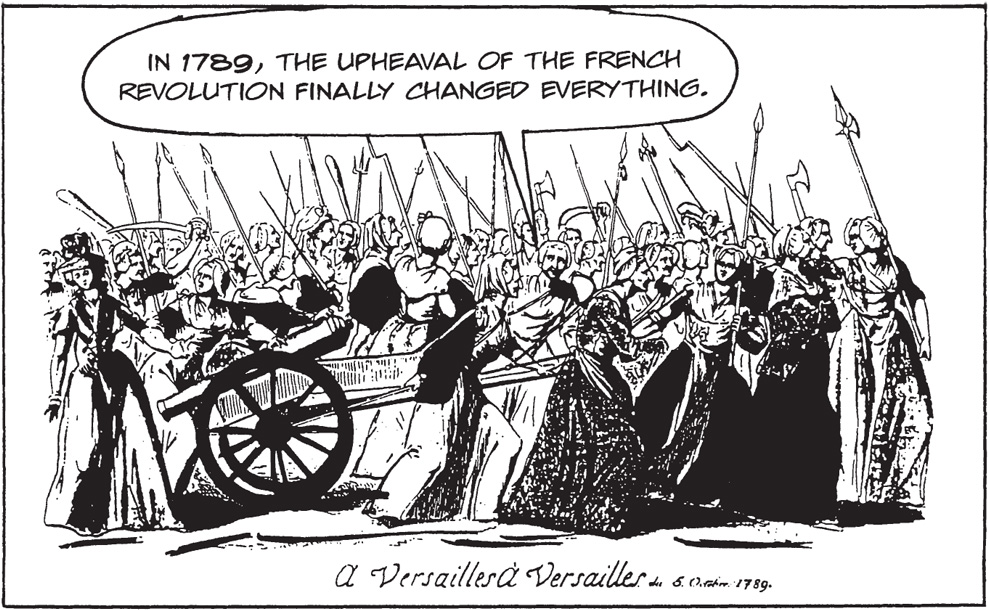Published by Icon Books Ltd, Omnibus Business Centre, 3941 North Road, London N7 9DP
Email:
www.introducingbooks.com
ISBN: 978-178578-006-6
Text copyright 2012 Icon Books Ltd
Illustrations copyright 2012 Icon Books Ltd
The author and illustrator has asserted their moral rights
Originating editor: Richard Appignanesi
No part of this book may be reproduced in any form, or by any means, without prior permission in writing from the publisher.
Contents
Let There Be Light...
The Enlightenment was an intellectual current that galvanized Europe during the course of the 18th century. Centred in Paris, it spread itself across the whole of Europe to the American colonies. Networks of writers and thinkers gave the 18th century a remarkable intellectual coherence.
The intellectuals of the Enlightenment felt themselves to be part of a great movement representing the highest aspirations and possibilities of mankind. They were reformers who believed their cause was best served by the new passion for argument, criticism and debate.
The Radiance of the Absolute Monarchs
In France, the reigns of the Absolutist monarchs, Louis XIII (160143), Louis XIV the Sun King (16381715), Louis XV (171074) and Louis XVI (175493) made Paris the cultural capital of the world and, at the same time, created both an audience and a target for the reforming zeal of the French Enlightenment.
WE RULE BY DIVINE RIGHT!
The Enlightenment spoke French, literally its lingua franca. Anything published in French was immediately accessible to educated society all over Europe. Important works not originally written in French were soon translated into the universal language. Across the world men of letters declared themselves to be the disciples of French writers.
Paris, the Capital of the Enlightenment
This was as true for David Hume and Adam Smith from Scotland as it was for Benjamin Franklin and Thomas Jefferson from the American colonies, or Cesare Beccaria from Milan. They knew they had arrived when they were accepted in the salons of Paris.
In all of continental Europe, court society and the wealthy bourgeoisie looked to France as the model of taste.
FRANCE SETS THE TONE IN LITERATURE, ART AND ARCHITECTURE.
AND ALSO IN MANNERS, COOKING AND DRESS. FRENCH FASHION IS THE EPITOME OF CIVILIZATION!
A Sussex landowner wrote to his son. A man who understands French may travel all the World over without hesitation of making himself understood, and may make himself perfectly agreeable to all Good Company, which is not the case of any other Language whatever.
Beginnings of the Light
There is a mighty light which spreads itself over the world, especially in those two free nations of England and Holland, on whom the affairs of all Europe now turn. Lord Shaftesburys letter to Le Clerc, 6 March 1706
For much of the 17th century, Holland was the most liberal country in Europe. Amsterdam provided a refuge for freethinkers and religious dissidents of all kinds. In 1667, the English philosopher John Locke (16321704) composed an Essay on Toleration. He had been closely associated with Protestant plotters against the rule of the Catholic King James II (16331701).
IN 1683, I WAS FORCED TO FLEE TO ROTTERDAM.
There Locke concentrated on his major works, his Essay Concerning Human Understanding and Two Treatises of Government. Both books were to remain central to the debates that raged throughout the Age of Enlightenment.
Englands Glorious Revolution
Continued resistance to James IIs pro-Catholic activities caused the English parliament to invite the Dutch Protestant, William III of Orange (16501702) and his English wife Mary II (166294), to take over the English throne. They sailed from Holland and did so in the bloodless hence Glorious Revolution of 1688.
THE AGE OF THE ENLIGHTENMENT CAN BE SAID TO HAVE BEGUN WITH ENGLANDS GLORIOUS REVOLUTION OF 1688.
This definitively established the sovereignty of the English parliament and gave England a Bill of Rights. Other reforms soon made England the most free and liberal country in Europe. The Toleration Act (1689) allowed most Protestant Dissenters, including such sects as the Quakers, to worship freely, but not to hold public office. The Church of England lost its monopoly of religious worship and education, and the last vestiges of its control over the press in 1695.
An Age of Revolutions
The two great cosmopolitan capitals, Paris and London, both grew dramatically during the 18th century. But Englands commercial muscle meant that London progressed much more. During the first half of the century, England experienced an agricultural revolution. In the latter part of the century, the industrial revolution gained pace.
IN 1776, THE AGE DREW TO A CONCLUSION WITH A REVOLUTION AGAINST ENGLAND BY ITS AMERICAN COLONISTS.
IN 1789, THE UPHEAVAL OF THE FRENCH REVOLUTION FINALLY CHANGED EVERYTHING.
These revolutions attempted to put the principles of the Enlightenment into practice.
Coffee-houses, Social Clubs and Journalism
This was also an age of public sociability and a journalism of ideas. Coffee-houses were the focal point of intellectual life in London. By 1740, there were more than 400 in the area of Westminster alone. The new Bank of England and the East India trading company used coffee-houses. Lloyds coffee-house in 1691 became Lloyds of London, the centre of marine insurance.


